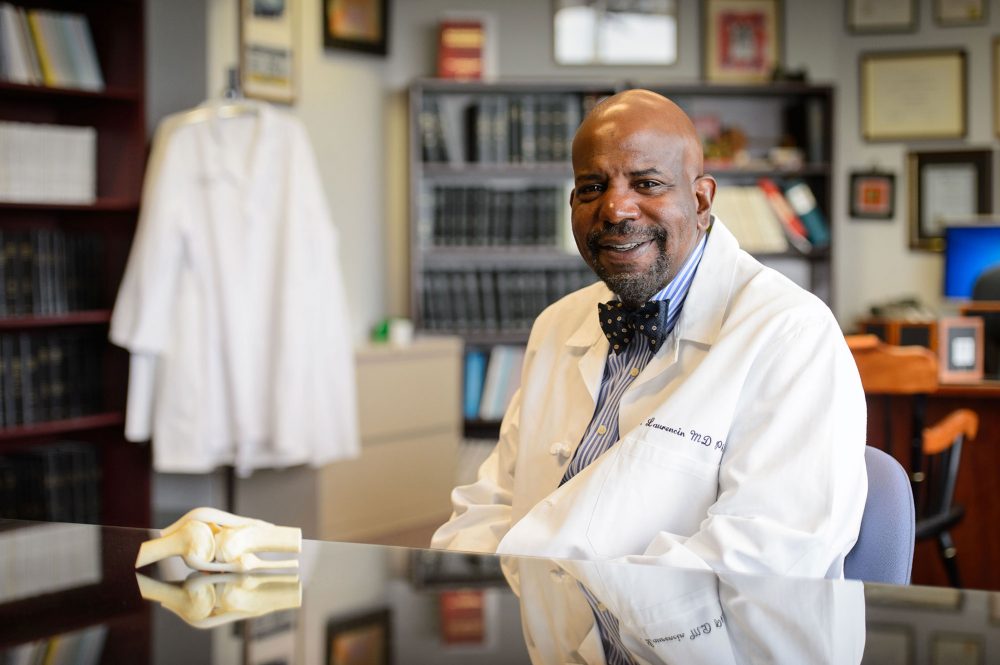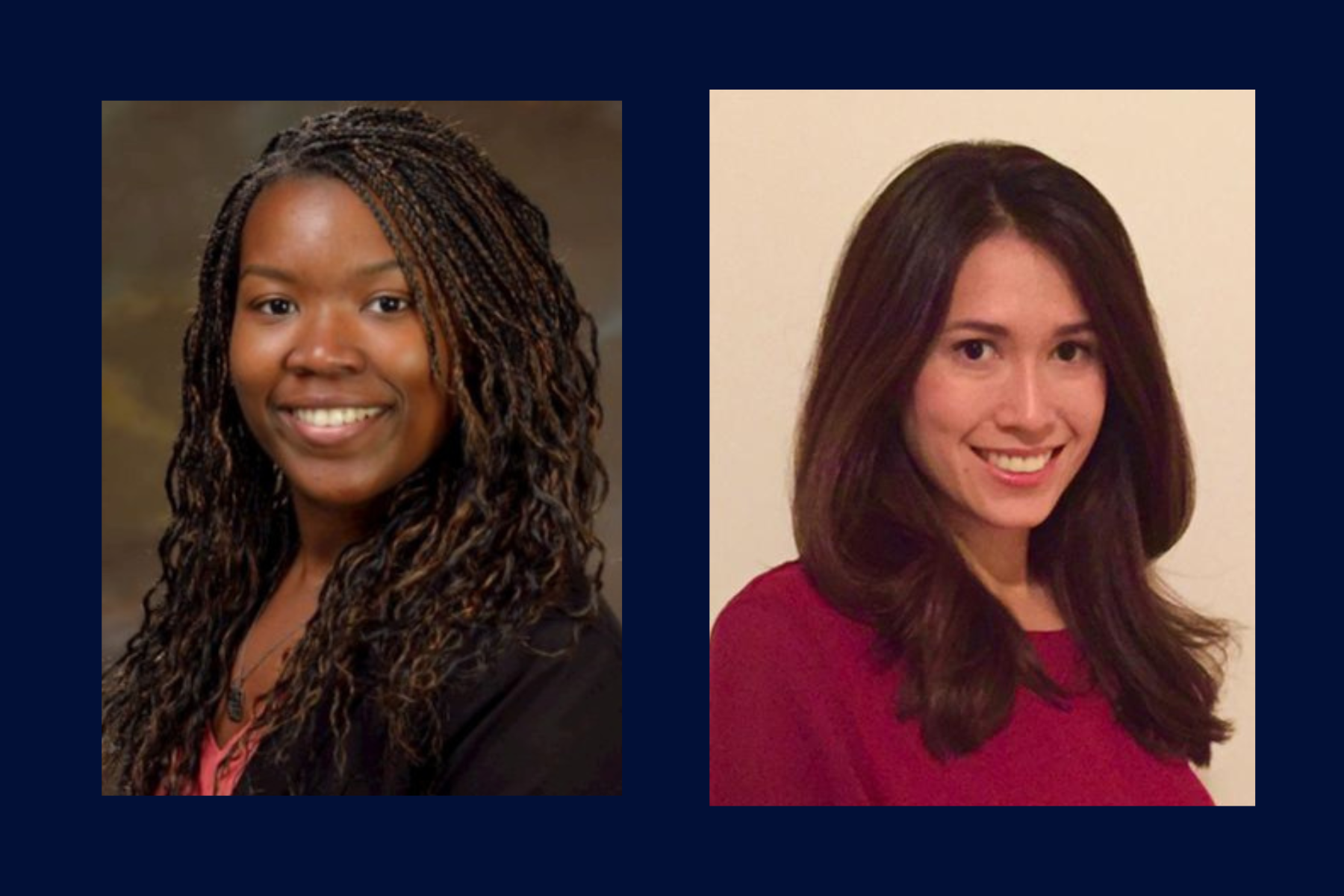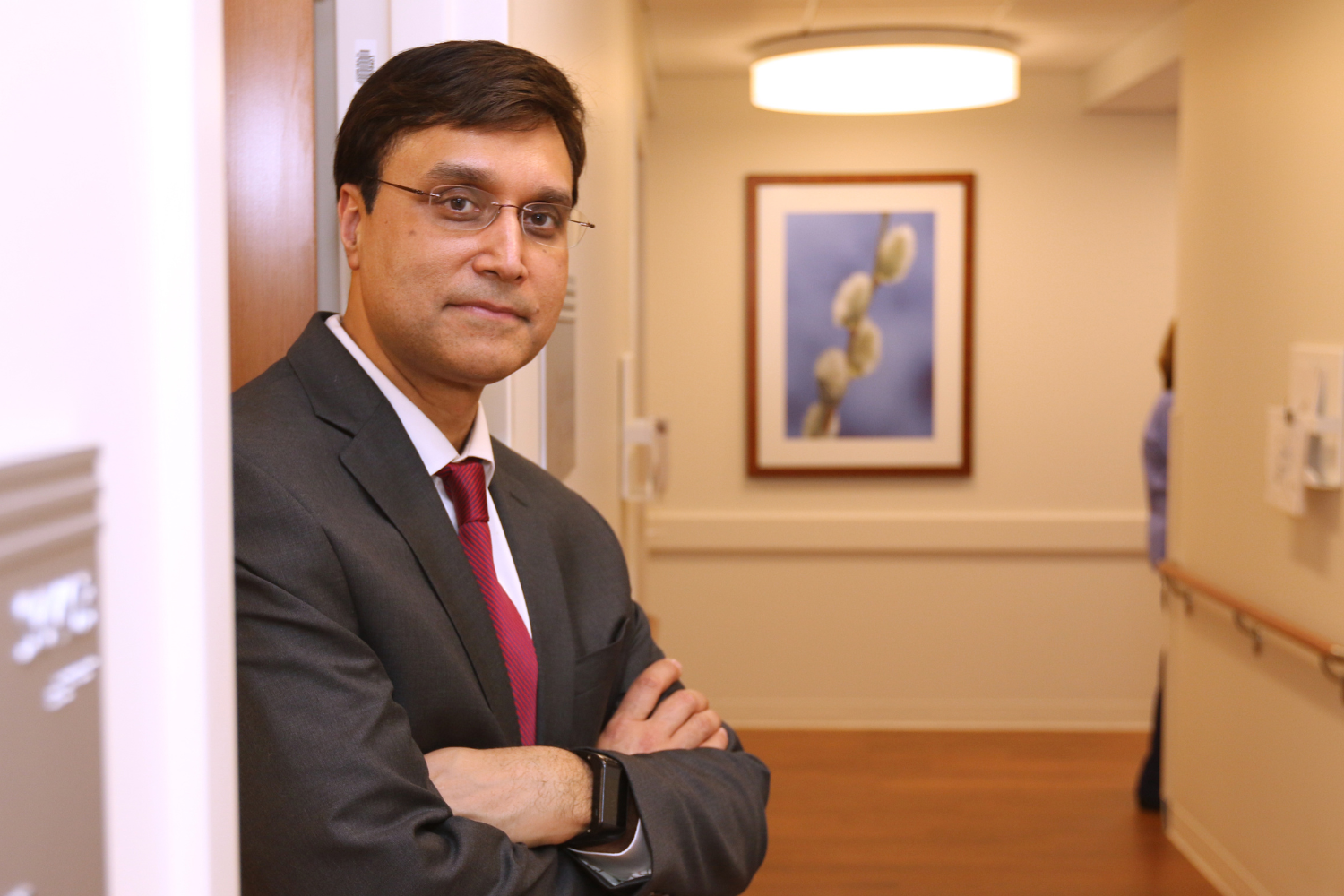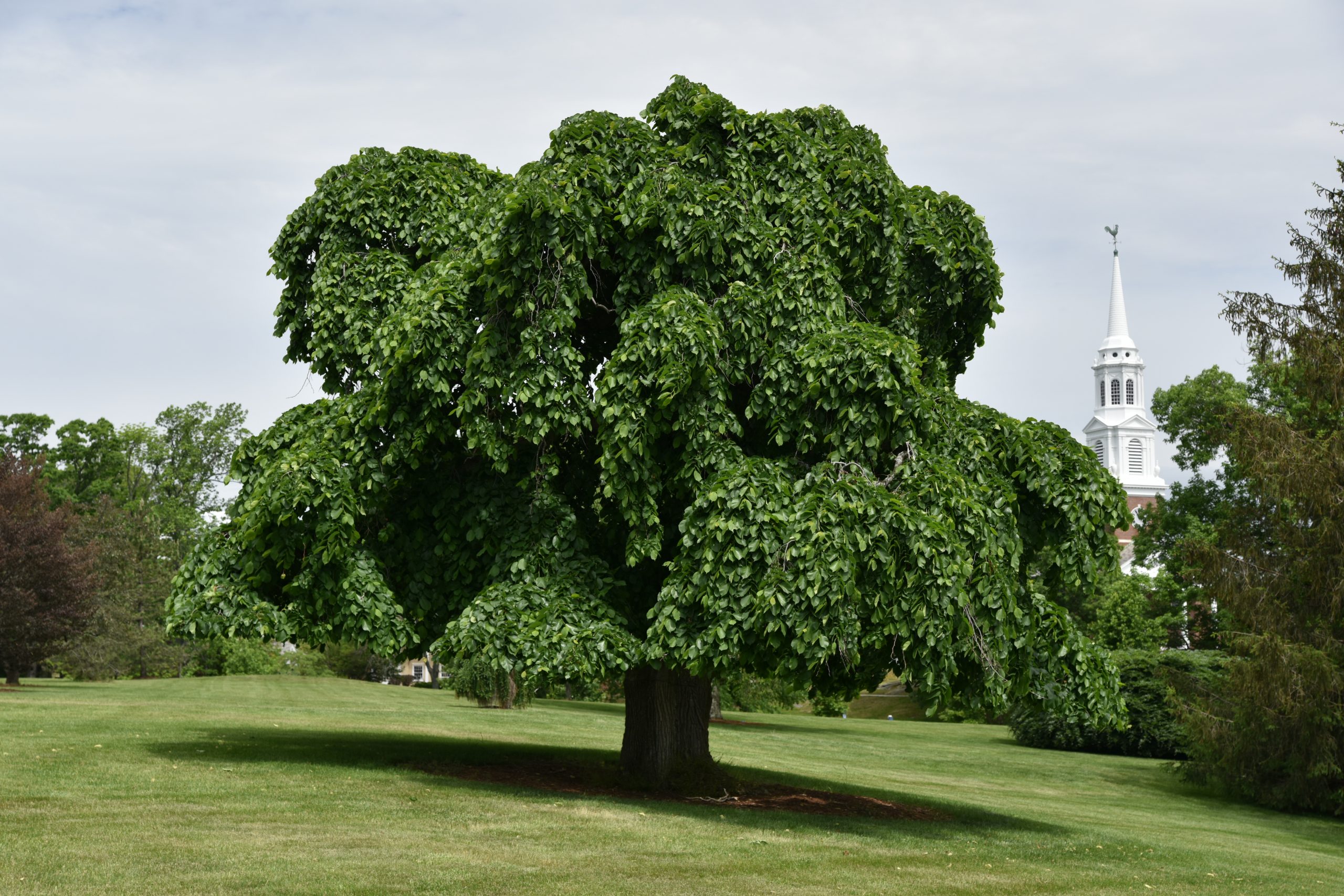He has established preeminence in science, engineering, medicine, technology and social justice. A master of multiple fields, Dr. Cato T. Laurencin, holds UConn’s highest academic title: University Professor.
Please tell us about yourself and how you got to where you are today.
I work at the interface of medicine and engineering and am also someone that is very much involved in issues of social justice. I grew up in Philadelphia and became interested in medicine at a very early age, and decided I wanted to become a doctor. I started college at Princeton, where I met people who were fantastic mentors in engineering. At that time, I was not quite sure how I was going to combine engineering and medicine, but I pursued chemical engineering.
When I completed college, I went on to medical school at the Harvard Medical School in Boston and partway through I decided to revisit my scientific and engineering routes. I met Robert Langer, who was a young assistant professor at that time and decided to join his laboratory. I subsequently took on a combined MD–Ph.D. program combining work at Harvard with work at MIT. This program was unusual and I realized that to do a comprehensive job on both would take a long, long time!
With the support and help of Noreen Koller, who was a fantastic registrar at Harvard, I was allowed to move back and forth for my training, so I would do clinical rotations and then I would do work in the laboratory. This enabled me to complete my MD and Ph.D. combined in seven years, which really helped me on my journey because I became very, very used to working in both the clinical and research realms. I then began a residency in orthopedic surgery and opened my laboratory at MIT.
Since then I have been working in both areas; a common theme in all my research has been combining the principles of material science and engineering with physics and clinical medicine to allow us to be able to create new information and new science.
You have been recognized numerous times for your achievements in bioengineering. Could you talk about your work in this field?
I essentially defined what is now a new field — regenerative engineering, which is the convergence of technologies that we can utilize for the purposes of regeneration of complex tissues.
I first outlined this vision for the new field of regenerative engineering in 2012 and since then we have continued to work and expand the field. We now have a society called the Regenerative Engineering Society and our work has been successful in terms of developing new science, new technologies, and new ways of thinking for the regeneration of complex tissues and organ systems. We have been fortunate to be funded by the NIH Director’s Pioneer Award and the National Science Foundation has awarded us two Emerging Frontiers in Research and Innovation awards for this new field.



